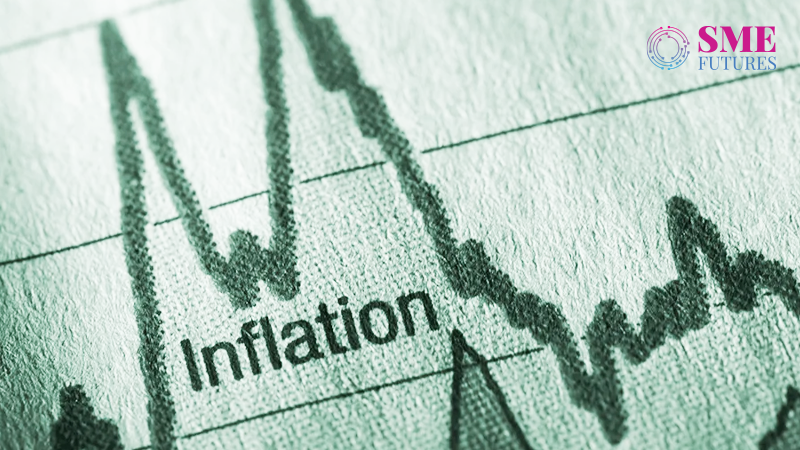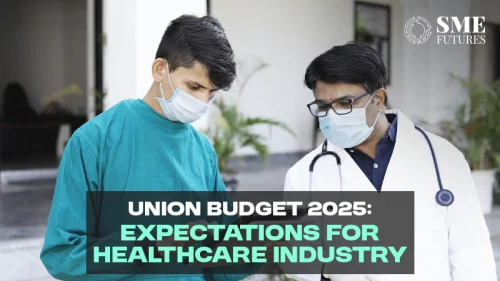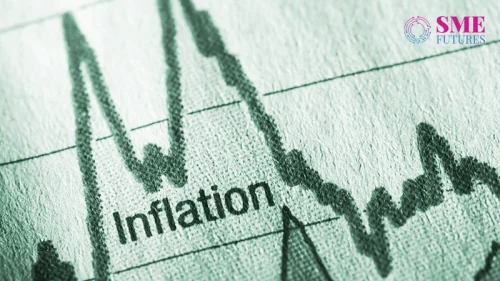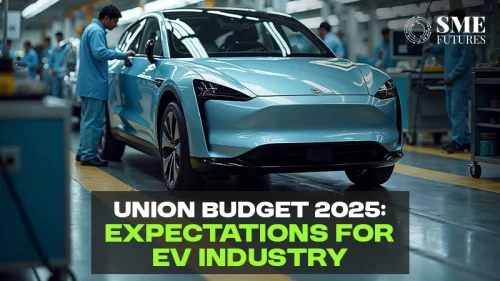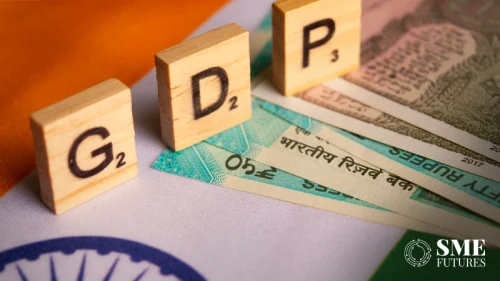India’s inflation story for December 2024 presented a complex picture, with the Wholesale Price Index (WPI) inflation climbing to 2.37 per cent year-over-year (YoY), up from 1.89 per cent in November. The latest data, released by the Ministry of Commerce and Industry, highlights how rising manufacturing costs and price adjustments across key segments continue to shape the inflationary landscape.
In contrast, retail inflation, measured by the Consumer Price Index (CPI), dipped to a four-month low of 5.22 per cent in December, driven by easing food prices. This divergence between wholesale and retail inflation underscores the nuanced nature of inflationary pressures in India.
The surge in WPI inflation was fuelled by price increases in key sectors, particularly in manufactured products, fuel, and power. On the other hand, primary articles, including food and crude petroleum, saw a decline in prices month-over-month (MoM), offering some relief.
With a weight of 64.23 per cent in the WPI, manufactured products showed a YoY inflation of 2.14 per cent, the highest in 23 months. Subcategories like textiles, chemicals, and fabricated metal products saw price increases, while basic metals and machinery reported declines.
A report by ICICI Bank noted that “December marks the third consecutive month of 9 per cent+ inflation in manufactured food products. This category has now hit a 32-month high of 9.7 per cent YoY.”
Fuel and power:
The index for fuel and power rose by 1.90 per cent in December, with electricity prices surging 8.81 per cent. However, mineral oil prices declined marginally by 0.06 per cent, providing a slight offset.
Primary articles:
The primary articles category saw a 2.07 per cent MoM decline, with food articles dropping by 3.08 per cent. Crude petroleum and natural gas prices also fell by 2.87 per cent, while non-food articles and minerals recorded slight increases.
Hemant Jain, President of PHDCCI, commented: “High vegetable and fruit prices, exacerbated by foggy conditions in northern regions, significantly impacted WPI inflation. However, improved weather in the coming weeks should stabilise supply chains.”
Historical perspective
The average WPI inflation during April-December FY25 stood at 2.18 per cent, a sharp contrast to the -1.04 per cent recorded in the same period last year. For October 2024, the final WPI inflation was revised to 2.75 per cent, emphasising the upward trend in wholesale prices.
Rising costs and future risks
The manufacturing sector remains a significant contributor to inflation, with 18 out of 22 subcategories recording positive inflation in December. Rising international crude oil and industrial metal prices are poised to exert additional upward pressure on wholesale inflation.
ICICI Bank’s report cautioned: “Higher international crude oil prices due to sanctions on Russia, coupled with rising industrial metal prices, could push WPI inflation further in the coming months.”
Balancing acts: CPI vs. WPI
While wholesale inflation is climbing, retail inflation paints a different picture. December’s CPI inflation eased to 5.22 per cent, reflecting lower prices for food items. However, the divergence between wholesale and retail inflation highlights the varying impacts of cost structures and supply chain dynamics across sectors.
Experts believe this dual narrative requires careful policy attention. Rajiv Singh, an economist at a leading think tank, observed: “The government and RBI need to monitor both CPI and WPI trends closely to ensure price stability and avoid second-round inflationary effects.”
Sectoral implications
1. Agriculture and Food:
Despite a decline in food prices within the WPI, challenges like weather disruptions and input costs persist. The WPI Food Index dropped to 195.9 in December, with annual food inflation slightly easing to 8.89%.
2. Energy and Power:
Rising electricity prices are a concern for industrial production costs. The increase in fuel and power inflation highlights the vulnerability of energy-intensive industries to global crude price fluctuations.
3. Manufacturing:
As manufacturing inflation hits multi-month highs, sectors like textiles and chemicals are grappling with higher input costs, potentially impacting profitability and competitiveness.
Looking ahead
The WPI inflation data for January 2025, due on February 14, will provide further insights into how these trends evolve. With international crude oil prices and geopolitical tensions adding uncertainty, policymakers and businesses must brace for potential inflationary pressures in the months ahead.
India’s position as a leading producer and exporter across various sectors necessitates a balanced approach to managing inflation while fostering economic growth. As Hemant Jain aptly concluded: “Targeted measures to address supply chain disruptions and rising input costs will be crucial in maintaining price stability and supporting the economy’s recovery trajectory.”

